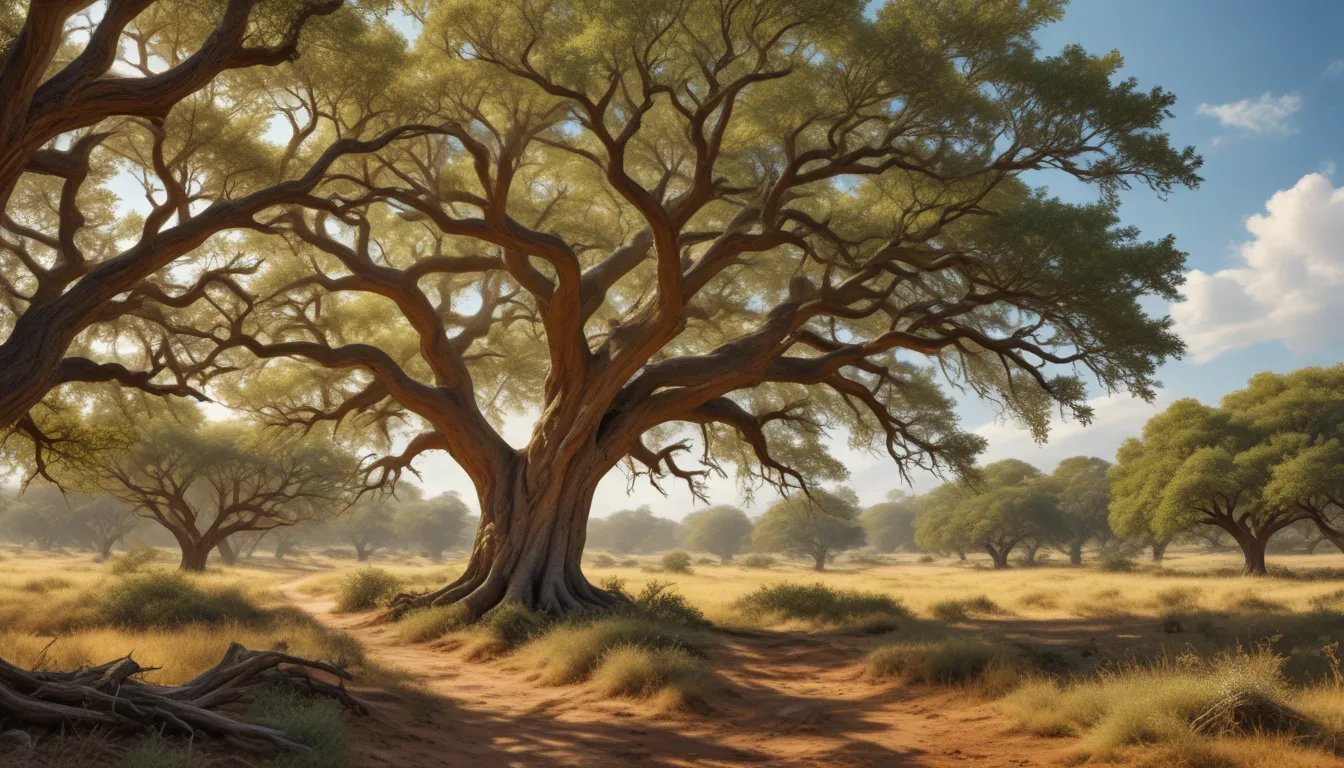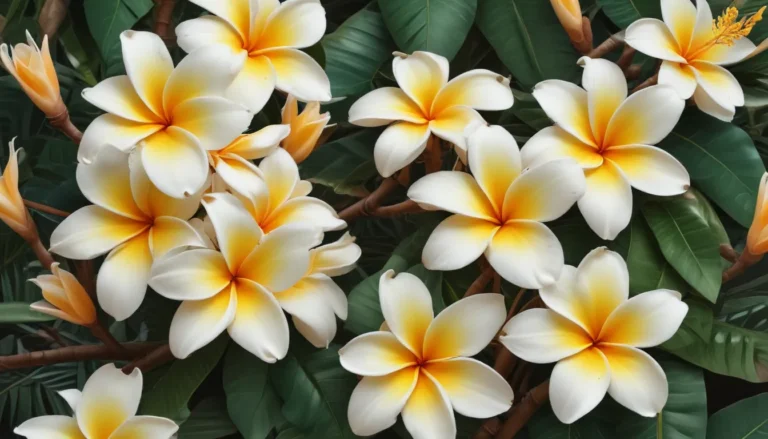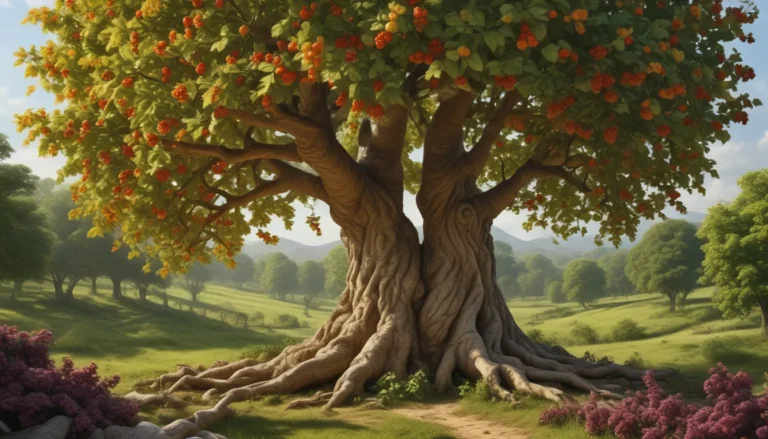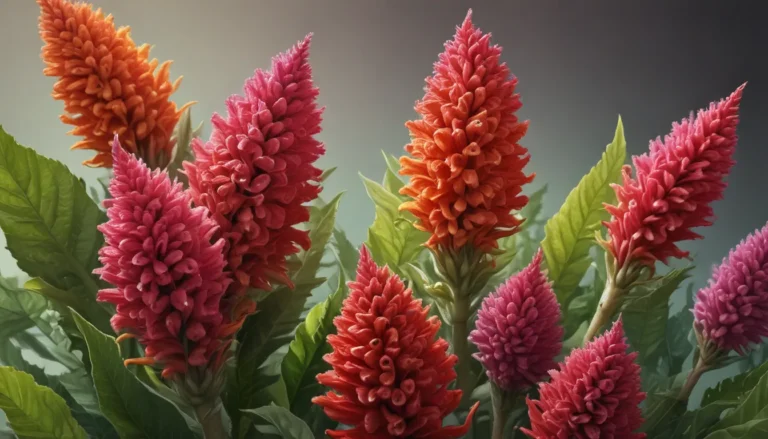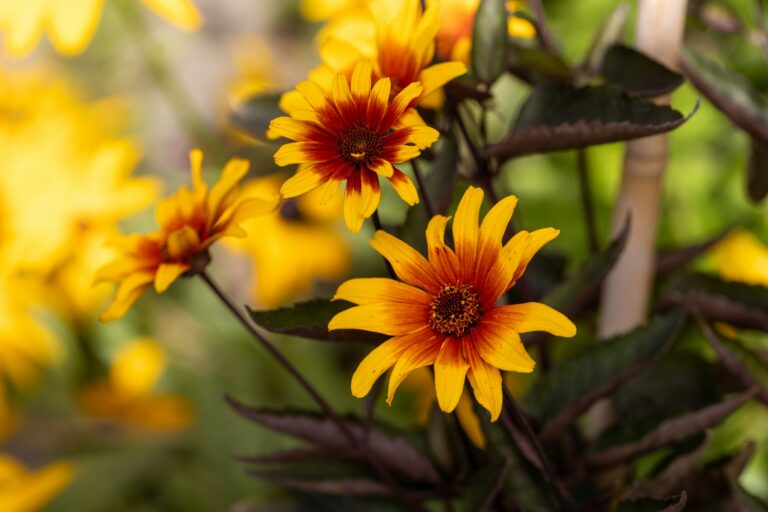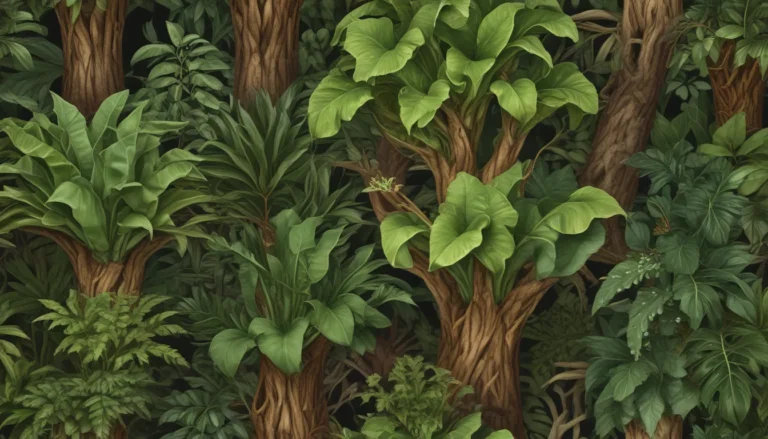The pictures we use in our articles might not show exactly what the words say. We choose these pictures to make you interested in reading more. The pictures work together with the words but don’t take their place. The words still tell you the important facts.
When it comes to the natural world, scrub oak trees stand out as resilient and essential components of various ecosystems. With their enduring beauty and ecological significance, these trees native to western North America have captured the curiosity of nature enthusiasts and environmental stewards alike. In this comprehensive guide, we will unravel 20 intriguing facts about scrub oak trees, shedding light on their unique characteristics, vital role in supporting wildlife, and cultural significance. Join us on a journey to discover the remarkable traits and contributions of these majestic trees that continue to enrich the natural world.
Unveiling the Charm of Scrub Oak Trees
The scrub oak tree, scientifically known as Quercus berberidifolia, is a symbol of resilience and beauty in the natural landscape. Let's explore the key features that make these trees truly remarkable:
Scrub Oak Trees in Their Natural Habitat
-
Native to Western North America: Scrub oak trees are indigenous to the western regions of North America, thriving in arid and semi-arid climates found in states like California, Arizona, and Nevada.
-
Belonging to the Beech Family: These trees are part of the Fagaceae family, which includes beech and chestnut trees, providing insights into their growth patterns and botanical relationships.
-
Characteristically Small and Leathery Leaves: The small, leathery leaves of scrub oak trees have a glossy appearance that helps them conserve water and withstand harsh environmental conditions.
Supporting Wildlife and Ecosystems
-
Essential Wildlife Habitats: Scrub oak trees play a pivotal role in supporting diverse wildlife species, providing shelter, nesting sites, and sustenance for birds, mammals, and insects.
-
Vital Food Source: The acorns produced by scrub oak trees are a crucial food source for animals like deer, squirrels, and birds, contributing to the balance of the ecosystem.
-
Longevity: These resilient trees have the potential to live for several decades, with some specimens reaching ages of over 100 years, symbolizing their enduring presence in the landscape.
Aesthetic and Functional Aspects
-
Striking Fall Colors: During autumn, scrub oak trees display vibrant hues of red, orange, and yellow, enhancing the scenic beauty of their surroundings.
-
Characteristically Rough Bark: The rough and rugged bark of scrub oak trees provides protection against external elements and serves as a defining feature of their appearance.
-
Fire-Adapted Species: Scrub oak trees have evolved to thrive in fire-prone ecosystems, resprouting vigorously after wildfires to aid in landscape regeneration.
Utilization and Conservation
-
Valued Wood: The wood of scrub oak trees is renowned for its strength and durability, finding applications in furniture, flooring, and decorative items.
-
Drought-Tolerance: Adapted to arid conditions, scrub oak trees exhibit remarkable resilience in the face of drought, showcasing their hardy nature.
-
Soil Conservation: The extensive root systems of these trees aid in soil stabilization and erosion control, contributing to habitat preservation.
Cultural and Culinary Significance
-
Cultural Importance: In indigenous cultures, scrub oak trees hold ceremonial significance, symbolizing strength, resilience, and interconnectedness with the natural world.
-
Landscaping Favourites: Scrub oak trees are prized choices for landscaping in arid regions due to their ornamental appeal and ability to thrive in challenging environments.
-
Carbon Sequestration: As part of the carbon cycle, scrub oak trees absorb and store carbon dioxide, contributing to climate change mitigation and air quality improvement.
Additional Insights and Conservation Efforts
-
Culinary Uses: Apart from their ecological importance, scrub oak acorns have been used in traditional cuisines, showcasing their versatility as a valuable food resource.
-
Conservation Initiatives: Due to urbanization and habitat fragmentation, conservation efforts are crucial for safeguarding the future of scrub oak trees and their ecosystems.
Standing Strong as Symbols of Tenacity
- Enduring Beauty: Scrub oak trees stand as symbols of resilience, adaptability, and the enduring beauty of the natural world, inspiring admiration and reverence for their presence.
Embracing the Legacy of Scrub Oak Trees
In conclusion, the remarkable traits and contributions of scrub oak trees underscore their importance in sustaining ecosystems and enriching landscapes. Whether providing essential habitats for wildlife, contributing to soil conservation, or symbolizing cultural significance, these trees continue to inspire awe and appreciation for their resilience and ecological value. By understanding and valuing the role of scrub oak trees in the intricate web of life, we can cultivate a deeper connection to the natural world and uphold our responsibility as stewards of the environment.
Frequently Asked Questions
What are the typical characteristics of scrub oak trees?
Scrub oak trees are known for their small, leathery leaves, dense foliage, and twisted trunks. They often form dense thickets and can reach varying heights based on environmental conditions.
Are scrub oak trees important for wildlife?
Yes, scrub oak trees are essential for wildlife as they provide food and shelter for a wide range of species, including birds, insects, and mammals. The acorns produced by these trees serve as a valuable food source, supporting biodiversity in their habitats.
Wrapping Up
Our commitment to delivering reliable and engaging content is at the core of our exploration into the world of scrub oak trees. By uncovering the fascinating facts surrounding these resilient and magnificent trees, we aim to foster a deeper appreciation for their role in nature's grand tapestry. Join us in celebrating the enduring beauty and ecological significance of scrub oak trees as we continue to learn, explore, and marvel at the wonders of the natural world.
